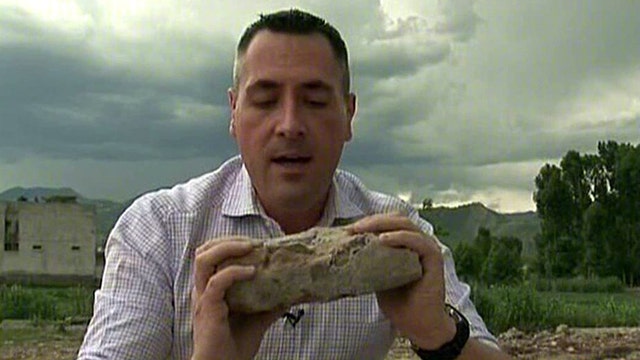

Immediately before joining ABC affiliate WXLT-TV (now WWSB), she worked in the traffic department of WTOG in St. In 1968, Chubbuck left WQED to spend four years as a hospital computer operator and two years with a cable television firm in Sarasota, Florida. That same year, she worked in Canton, Ohio, and, for three months, at WQED-TV in Pittsburgh, Pennsylvania, as an assistant producer for two local shows, Women's World and Keys to the City. Career Early workĬhubbuck worked for WVIZ in Cleveland between 19, and attended a summer workshop in radio and television at New York University in 1967.

Chubbuck attended Miami University in Oxford, Ohio, for one year, majoring in theater arts, then attended Endicott College in Beverly, Massachusetts, before earning a degree in broadcasting at Boston University in 1965. During her years at Laurel, she jokingly formed a "Dateless Wonder Club" with other "rejected" girls who did not have dates on Saturday nights. Chubbuck attended the Laurel School for Girls in Shaker Heights, a suburb of Cleveland. Early lifeĬhristine Chubbuck was born in Hudson, Ohio, the daughter of Margaretha D. She was the first person to die by suicide on a live television broadcast. Her death was the culmination of mental health problems, not something to be viewed as sick entertainment.Being the first person to die by suicide on live televisionĬhristine Chubbuck (Aug– July 15, 1974) was an American television news reporter who worked for stations WTOG and WXLT-TV in Sarasota, Florida. In reality, Chubbuck planned her suicide, even going so far as to pretend to pursue a news story about suicide that would allow her to find out the best way to kill herself, and she carried out her plan. In fact, Chubbuck had mentioned her plans to a few different people, according to The Washington Post, including the WXLT night news editor Rob Smith, who discounted her revelation the week before that she bought a gun because "it would be a nifty idea if I went on the air live and just blew myself away." A few days before her death, she reportedly told her brother that she was thinking of killing herself, but led him to believe that she was talking about how she felt in her depression, not how she intended to act. Greg, meanwhile, told People that his parents spent $1 million over the course of two decades on Chubbuck's mental health treatment. "She'd been seeing a psychologist who really didn't feel that she was that serious about not wanting to live," Chubbuck's mother told reporters at the time of her death, via The Washington Post.
#News reporter commits suicide on air video movie
As the new movie details, Chubbuck suffered from from some form of depression for years (she was never officially diagnosed), and had been seeking treatment since she was a teenager. To focus on any existing or non-existent video footage of Chubbuck's shooting is a perverse distraction from the real issue: mental health. There was more to Chubbuck's life and death than the fact that she killed herself on live television. Searching for the video isn't just fruitless, but wrong. "But I know no one knows where it is and no one ever will if I have anything to say about it." "I don't know to this day where it is," Greg Chubbuck told Peoplein February. However, there are conflicting reports, and Chubbuck's brother, Greg Chubbuck, seemed to say differently. However, it appears that station owner Robert Nelson kept the tape of Chubbuck's suicide, and his wife, Mollie Nelson, told Vulture that she put it in the custody of "a very large law firm" following his death. The station, WXLT Channel 40, never re-aired the footage and has not released it. Yet VCRs didn't become mainstream until 1975, a year after Chubbuck's death, and it's unlikely anyone in Sarasota was recording Chubbuck's morning talk show on the day of her death. After all, she did shoot herself on live television - surely there must be a recording somewhere. Video footage of Chubbuck's suicide has been sought after by Internet sleuths for decades. And while the event is re-enacted in the new film based on Chubbuck's story, Christine, there is no actual video of Christine Chubbuck's live suicide that is known of - which is completely for the best. The story of Chubbuck's suicide briefly became national news, but was soon forgotten, as in 1974, there was no YouTube or TiVo, no way for video of her death to be widely seen or go viral (as, let's face it: it would have). 38 revolver and shot herself in the head mid-broadcast. An anchor for a local morning talk show in Sarasota, Fla., Chubbuck looked straight into the camera, took out a. On July 15, 1974, Christine Chubbuck, 29, shot and killed herself on live television.


 0 kommentar(er)
0 kommentar(er)
